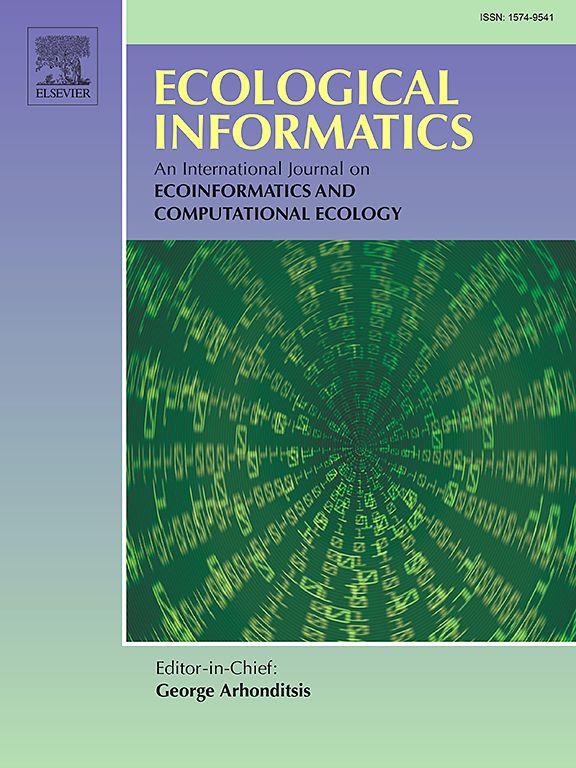A driving force analysis method for drought-flood abrupt alternation events
IF 5.8
2区 环境科学与生态学
Q1 ECOLOGY
引用次数: 0
Abstract
Drought-Flood Abrupt Alternation (DFAA) events are complex hydrometeorological disasters that have become increasingly frequent under global warming, posing significant threats to socio-economic systems and the ecological stability. This study applies the Standardized Weighted Average Precipitation (SWAP) index to identify DFAA events at a daily scale in the middle and lower reaches of the Yangtze River Basin (MLRYRB) from 2001 to 2022. Additionally, a method is proposed to analyze the driving factors of DFAA and quantify the spatial distribution of dominant contributors. The results indicate that: (1) in the MLRYRB, DFAA events lasted up to 50 days and occurred 7 to 10 times in total, with the highest frequency in southern Shaanxi, central Hubei, central Anhui, and southern Jiangxi; (2) the areas affected by DTF and FTD events decreased at rates of 0.43/a and 0.62/a, respectively. DTF events were predominantly moderate in intensity, while FTD events were mostly slight; (3) the key factors driving drought-flood alternation included convective precipitation (CP), total cloud cover (TCC), top net solar radiation (TNSR), 2-m temperature (TEM), and relative humidity (RH). Regions dominated by RH and TEM accounted for 44.62 % and 30.22 % of the study area, respectively, mainly in Hubei, Hunan, Jiangxi, and Anhui. These findings offer a scientific basis for developing disaster prevention and mitigation strategies in the region.

旱涝突变事件的驱动力分析方法
旱涝突变事件是全球变暖背景下日益频繁的复杂水文气象灾害,对社会经济系统和生态稳定构成重大威胁。本研究应用标准化加权平均降水(SWAP)指数对2001 - 2022年长江中下游地区日尺度DFAA事件进行了识别。在此基础上,提出了一种分析DFAA驱动因子的方法,并量化了主导因子的空间分布。结果表明:(1)大湖区DFAA事件持续时间长达50 d,共发生7 ~ 10次,其中陕南、鄂中、皖中、赣南发生频率最高;(2)受DTF和FTD事件影响的面积分别以0.43/a和0.62/a的速率减少。DTF事件以中等强度为主,FTD事件以轻微为主;(3)驱动旱涝交替的关键因子包括对流降水(CP)、总云量(TCC)、顶净太阳辐射(TNSR)、2 m温度(TEM)和相对湿度(RH)。RH和TEM分别占研究区域的44.62%和30.22%,主要分布在湖北、湖南、江西和安徽。这些发现为该地区制定防灾减灾战略提供了科学依据。
本文章由计算机程序翻译,如有差异,请以英文原文为准。
求助全文
约1分钟内获得全文
求助全文
来源期刊

Ecological Informatics
环境科学-生态学
CiteScore
8.30
自引率
11.80%
发文量
346
审稿时长
46 days
期刊介绍:
The journal Ecological Informatics is devoted to the publication of high quality, peer-reviewed articles on all aspects of computational ecology, data science and biogeography. The scope of the journal takes into account the data-intensive nature of ecology, the growing capacity of information technology to access, harness and leverage complex data as well as the critical need for informing sustainable management in view of global environmental and climate change.
The nature of the journal is interdisciplinary at the crossover between ecology and informatics. It focuses on novel concepts and techniques for image- and genome-based monitoring and interpretation, sensor- and multimedia-based data acquisition, internet-based data archiving and sharing, data assimilation, modelling and prediction of ecological data.
 求助内容:
求助内容: 应助结果提醒方式:
应助结果提醒方式:


